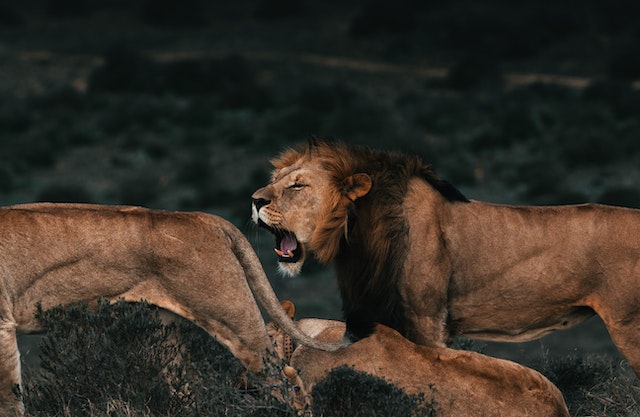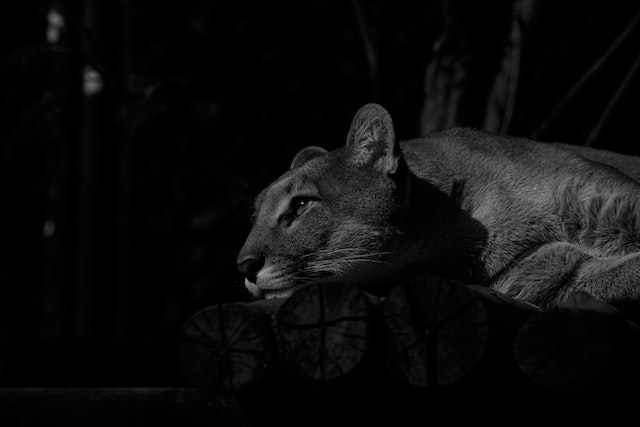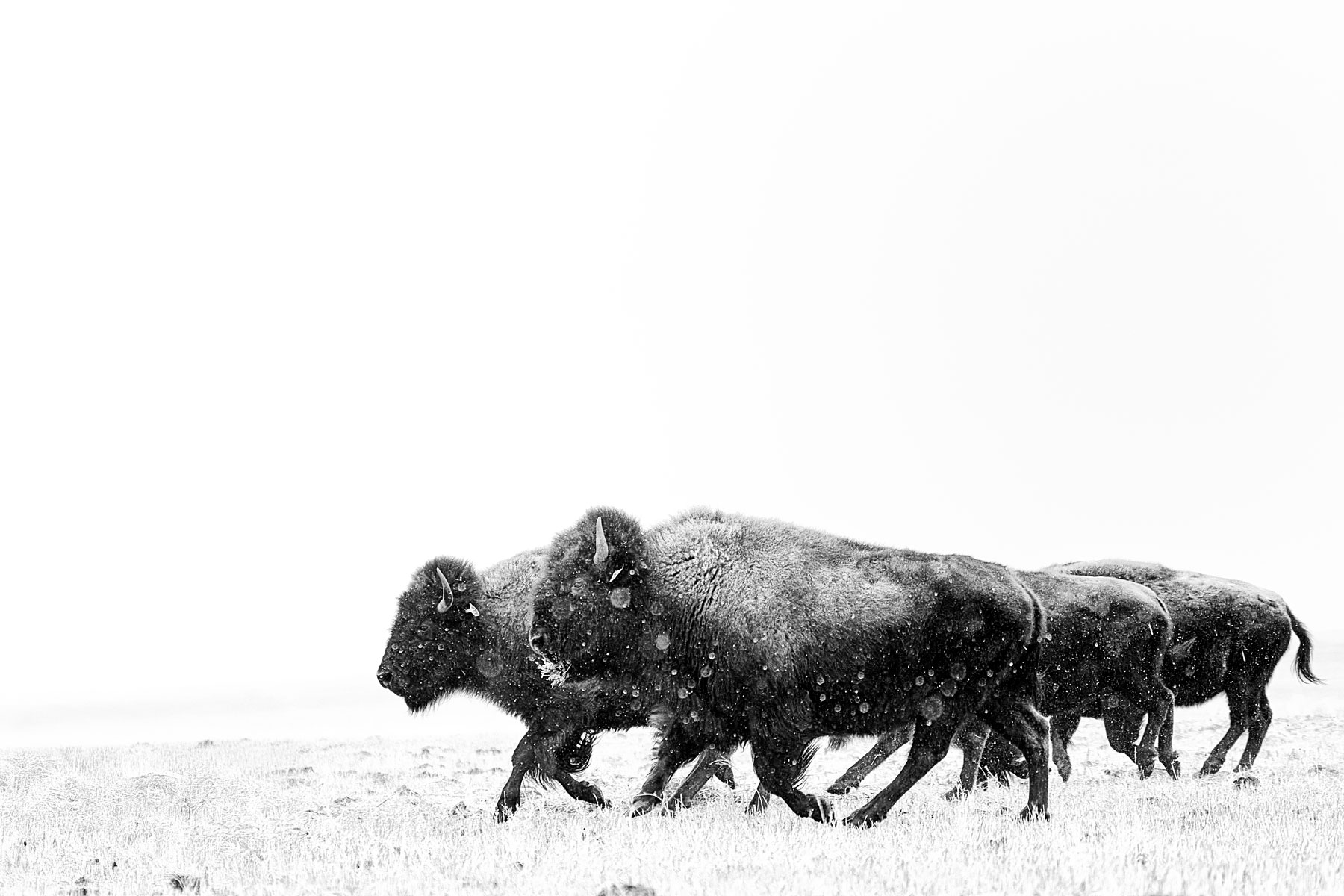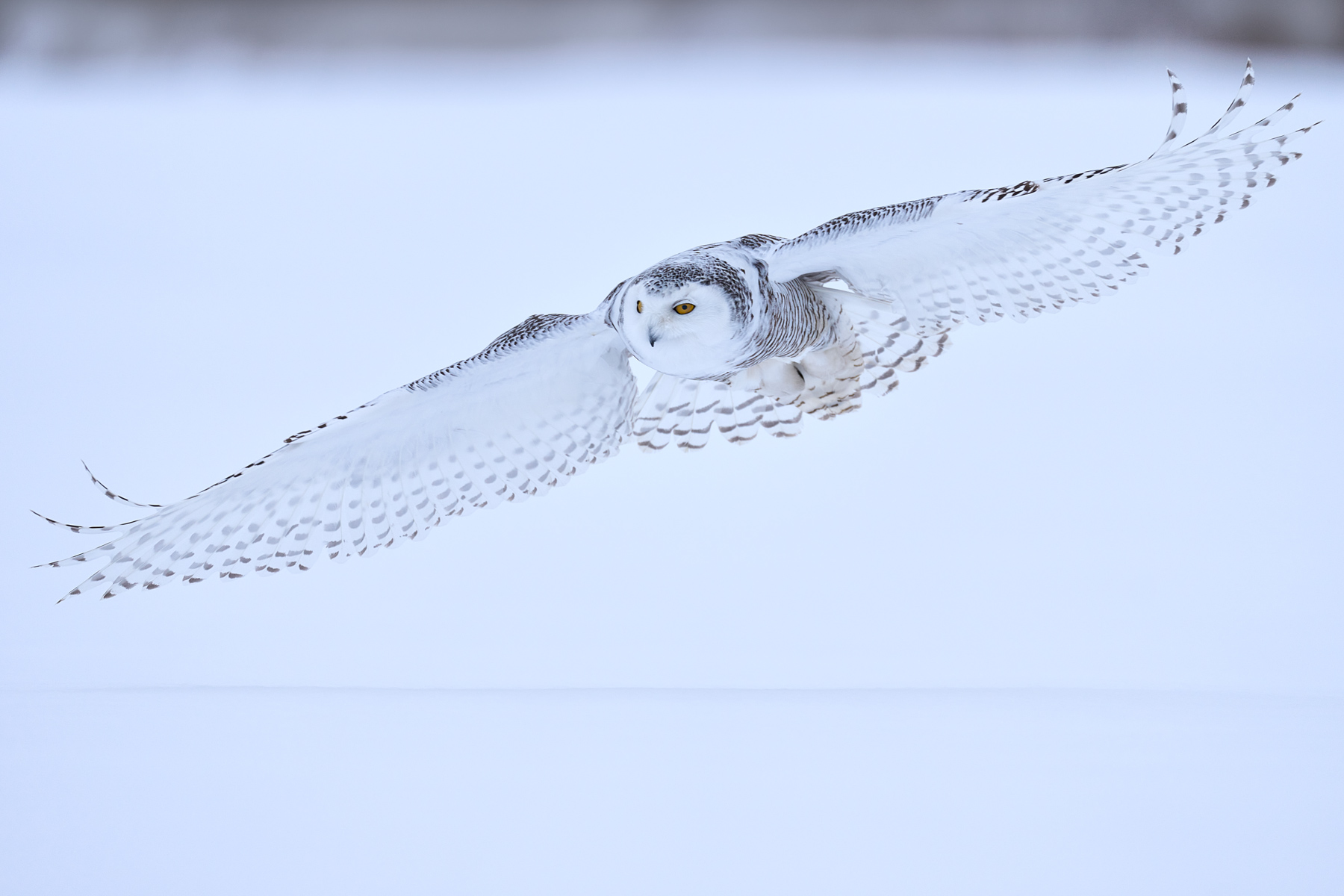Definition of wildlife photography
Wildlife photography is a type of photography that focuses on capturing images of animals and other wildlife in their natural habitats. It can range from close-up shots of small insects to wide-angle shots of large mammals such as elephants and lions. Wildlife photographers use specialized equipment such as telephoto lenses, infrared cameras, and remote-controlled camera traps to capture an image of these often elusive subjects in the wild.
Choosing the Right Equipment to create a stunning wildlife photography portfolio
When it comes to wildlife photography, having the right equipment plays an important role in capturing stunning images. Proficient wildlife photographers have an extensive collection of camera gear that enables them to capture animals from different angles and distances. A telephoto lens is essential for capturing images of animals that may be far away, while a wide-angle lens allows photographers to get up close and personal with their subjects. Other important equipment for wildlife photography includes a sturdy tripod, camera filters, and extra batteries.
Developing Your Photography Skills
While having the right gear is important for wildlife photography, the real challenge lies in developing your artistic and technical skills. Wildlife photographers must have an eye for composition and be able to anticipate animal behavior in order to make wildlife shots that capture unique glimpses of their subjects. They must also be able to accurately set exposure, focus, and white balance settings to ensure quality results. Practice will help you hone these skills over time, so make sure to take lots of photos and experiment with different techniques.
Animal behavior
Animal behavior is an integral part of wildlife photography, and being able to anticipate the behavior of your subject can make or break your shots. Wild animals are unpredictable, so it is important to be prepared for any situation. To do this, photographers should observe their subjects for a few minutes before beginning to take pictures. This allows them to get a better idea of wildlife subjects and what type of behaviors they may exhibit.
Learn the animal’s behavior to take the best Photographs
Learning the behavior of the animals you want to photograph is essential for capturing stunning images. Before beginning to take pictures, observe your subjects for a few minutes in order to get a better understanding of their behaviors and how they interact with their environment. Taking note of any particular habits or patterns can help you anticipate when an animal may do something interesting that would make an excellent photograph. Additionally, animals can be unpredictable, so it is important to always stay alert and ready to capture the moment.
Knowing the area you will photograph with the animals
Knowing the area you will be photographing with animals is essential for capturing stunning images. Researching ahead of time can help you get a better understanding of local wildlife and the environment, as well as any potential hazards that may be present. Spend some time familiarizing yourself with the location and its features in order to gain insight into where the best spots for photography may be located. Additionally, it is important to know the regulations of the area in order to ensure that you are following all applicable laws and regulations.

Having patience and waiting for the animal to show exclusive behavior for better photographs
Having Patience and Waiting for the Animal to Show Exclusive Behavior
When it comes to wildlife photography, patience is key when taking photos well. Animals can be unpredictable and often do not behave in ways that make for great photographs. For this reason, it is important to have patience when photographing animals in the wild. Taking your time and waiting for an animal to show exclusive behavior that makes for an amazing photograph is essential for capturing stunning wildlife images.
Finding species of animals that are endangered so you can help them after the sale of their images
Finding Endangered Species of Animals for Photography
Photographing endangered species of animals can be a great way to help support their conservation and protection. When photographing these species, it is important to identify the animal correctly so that the photographs can be used to properly inform people about its plight. You can find a list of endangered species on the IUCN Red List website and use this information to help you locate and photograph these animals. Additionally, by selling your photographs of endangered species, you can help support efforts to protect them and their habitats.
Staying safe while capturing wildlife photographs
When photographing wildlife, safety should always be a top priority. It is important to stay alert and be aware of your surroundings at all times. Always research the area you will be visiting before beginning your photography session. This will give you an idea of any potential hazards that may exist in the area. Additionally, it is important to maintain a safe distance from the animals you are photographing in order to avoid disturbing them or putting yourself at risk.

Wildlife photos
Wildlife photography is an incredibly rewarding form of photography that requires patience, technical skill, and a creative eye. Wildlife photos can be captivating and powerful, providing viewers with insight into the diverse animals of the natural world. To capture stunning wildlife photos, it’s important to take time to research your subject, plan your shoot in advance, and use the right gear. When taking wildlife photos, always remember to respect the natural environment and take steps to protect the animals you’re photographing.
Building a Wildlife Photography Portfolio
Once you’ve taken some amazing wildlife photos, it’s time to create a portfolio. This is your chance to show off your work and make a lasting impression on potential clients or employers. Start by selecting your best images and organizing them into categories such other wildlife photographers as birds, mammals, insects, and landscapes. You can then create a website or blog to showcase your work. Another option is to compile your images into a physical portfolio and have it printed. However, you choose to present your work, make sure it’s professional and showcases the range of talent that you possess as a wildlife photographer.
Creating an online portfolio is essential for any wildlife or nature photographer looking to promote their work and attract potential clients. The best way to showcase your images is to create a website that features your images, along with descriptions and information about each shot. You can also include portfolio pages on other social media platforms such as Instagram and Flickr. Make sure to keep the design of your portfolio simple and easy to navigate, so viewers can easily find what they’re looking for.
Wildlife magazines
Wildlife magazines are an excellent way to showcase your work and gain exposure as a wildlife photographer. Many magazines accept submissions from photographers, so it’s important to do your research and find out which ones would be most interested in your photos. Submitting to magazines is also a great way to build up your own portfolio too, as you can use published images as part of it. When submitting photos to a magazine, make sure they are of the highest quality and that you follow the magazine’s submission guidelines.
Wildlife photography can be a fulfilling and rewarding career or hobby. With the right skills, gear, and portfolio, it’s possible to take photography passion and create stunning images of some of nature’s most incredible creatures. Whether you want to take photos for yourself or start a career as a professional wildlife photographer, creating an amazing portfolio is the first step to success.
Promote Your Work
Once you have created your wildlife portfolio above, it’s important to promote your work and build an online presence. Sharing your images on social media is a great way to reach potential clients and showcase your photography skills. You can also join wildlife photography forums and groups to connect with other photographers and expand your network. With dedication and hard work, you can create an amazing wildlife photography portfolio that will attract the attention of potential clients.

Wildlife organizations
Wildlife organizations are a great way to get involved in wildlife photography and build up your portfolio as professional photographer. These organizations often host workshops, conferences, and other events aimed at supporting the conservation of wildlife and their habitats. Joining an organization can also be a great way to network with like-minded people and learn from more experienced photographers. Additionally, many organizations have photo competitions where you can submit your work and gain recognition as a wildlife photographer.

Income
Income is an important consideration for wildlife photographers. While some may choose to work on a freelance basis, for example, others may opt for full-time or part-time employment. Full-time photographers typically receive a salary and benefits. Freelance photographers, on the other hand, are often paid per assignment and must be able to find their own clients in order to make a living. Photographers may also receive royalties when their images are sold or used in publications.
Income streams
Income streams for wildlife photographers can vary greatly depending on experience and success. Freelance photographers typically make money through assignments from clients, while full-time photographers tend to receive a salary and benefits. Royalties may also be earned when images are sold or used in publications. Creating an online portfolio is a great way for wildlife photographers to showcase their work and attract potential clients. Social media can also be used to promote your work and build an online business presence.
Passive income
Passive income is another potential source of income for wildlife photographers. Passive income is earned by creating an online product or service that can be used without the photographer’s active involvement. Examples of passive income streams for wildlife photographers include stock photography, selling prints and digital downloads, creating online courses, selling photo-related merchandise, and offering eBooks or tutorials. By diversifying their revenue streams, wildlife photographers can create a steady and reliable income.
Finding Inspiration
When it comes to wildlife photography, finding inspiration can be a great way to stay motivated and develop your skills. Look for photos taken by other experienced photographers and study the techniques they use for capturing their images. Research wildlife species that interest you and plan trips to the best locations for photographing them. You can also take advantage of educational resources such as online tutorials and workshops to help you hone your skills.
Commissioned job
Commissioned jobs are an excellent way for wildlife photographers to build their portfolios, gain recognition, and earn some income. With commissioned work, a client will hire you for a specific job or project with predetermined requirements. You may be asked to take photographs of a certain species or location, produce images for promotional material or magazines, or provide stock photos to be used in advertising campaigns. Commissioned jobs can be a great way to get your name out there and build your portfolio.
How to put yourself in front of Commissioned job
Putting yourself in front of commissioned jobs begins by joining organizations, such as wildlife photography societies, that are dedicated to the craft and offer opportunities to network with other professionals. Joining online communities and forums can also be beneficial for connecting with potential clients and staying up-to-date on industry trends. Additionally, maintaining a professional website or blog is a great way to showcase your work and attract potential clients.
How to give back
Giving back is a great way to make a positive impact on the environment and wildlife that you photograph. There are many organizations and charities that focus on conserving wildlife and habitats, and donating your time or money can help support their efforts. You can also volunteer your services as a photographer to capture images of endangered species or threatened habitats. Additionally, you can use your photography skills to create educational materials or to raise awareness of environmental issues.
How to give back to the animals you photograph
Giving back to the animals you photograph is a great way to make a positive impact on wildlife and its habitats. There are many organizations and charities that focus on conserving wildlife and habitats, and donating your time or money can help support their efforts. You can also volunteer your services as a photographer to capture images of endangered species or threatened habitats. Additionally, you can use your photography skills to create educational materials or to raise awareness of environmental issues.
Conclusion
Wildlife photography is a rewarding and challenging type of photography that requires a lot of dedication and hard work. It’s important to choose the right gear and develop your technical and artistic skills in order to take stunning nature photos yourself. Creating an online portfolio is key for promoting your work, and it’s also important to build an online presence and find inspiration from other experienced photographers. With the right approach, you can create an amazing wildlife photography portfolio that will help you stand out from the crowd.
Editorializing Your Work
One of the most important steps when creating a wildlife photography online portfolio website is editorializing your work. This involves selecting only your best images and ensuring they are presented in an aesthetically pleasing manner. This means choosing the right layout, font, and color scheme for displaying your photos. You can use software such as Adobe Lightroom to edit and organize your images, allowing you to create a portfolio that is both visually appealing and easy to navigate.



















